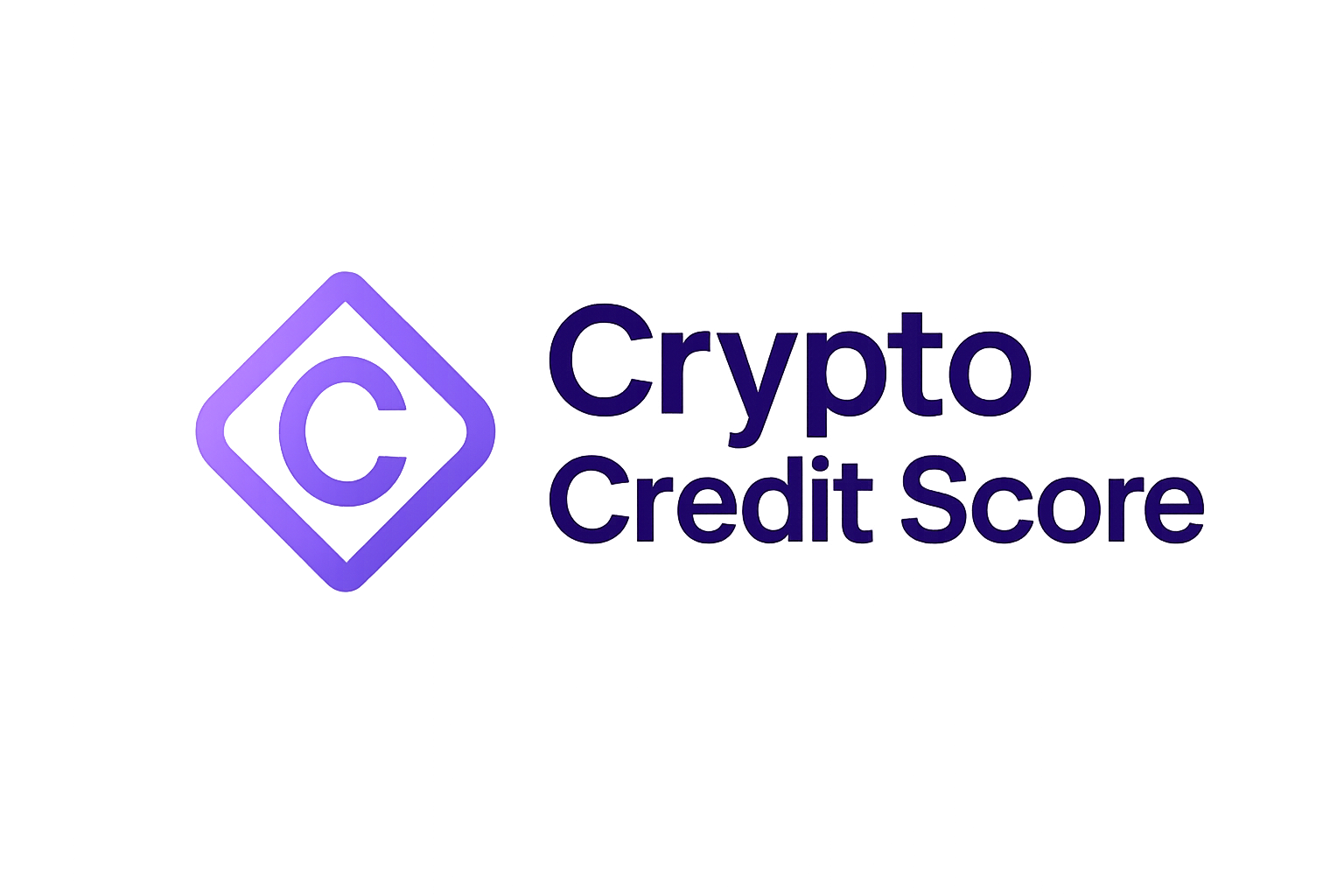
In 2025, cross-chain DeFi lending has reached a level of sophistication and accessibility that would have seemed ambitious just a few years earlier. At the heart of this evolution is the rise of multichain reputation scores: comprehensive, portable trust metrics that aggregate users’ on-chain activity across multiple blockchains. These scores are transforming how DeFi protocols assess risk, unlock capital efficiency, and expand access to decentralized credit.

Why Multichain Reputation Scores Matter for Cross-Chain Lending
Traditional DeFi lending models have long depended on over-collateralization to manage risk. Borrowers typically need to lock up more crypto than they wish to borrow, limiting capital efficiency and excluding many users from accessing credit. Multichain reputation scoring addresses this by pulling together behavioral data from across chains, such as swaps, bridging activity, lending history, and even loyalty behaviors, into a unified risk profile. This enables lenders to make more nuanced decisions and offer loans with lower collateral requirements or even explore under-collateralized models.
Platforms like Nomis Score exemplify this trend by evaluating over 50 cross-chain metrics and minting users’ scores as NFTs, making them portable across protocols. The result is a new era where your “DeFi creditworthiness” follows you wherever you transact in the Web3 ecosystem.
The Technology Powering Unified On-Chain Identity
The backbone of these multichain reputation systems is a blend of advanced analytics, privacy-preserving frameworks, and interoperability solutions:
- Privacy and Accountability: Innovations like VeilAudit’s “Auditor Only Linkability” allow auditors to link transactions from the same anonymous entity without exposing their identity, balancing privacy with accountability, a critical factor for user trust in decentralized systems.
- Transparency and Traceability: Tools such as ABCTRACER use automated transaction log mining and entity recognition to trace cross-chain actions with high accuracy. This transparency is essential for accurate behavioral risk analysis while maintaining security and compliance.
Together, these technologies make it possible for DeFi lenders to verify user behavior across fragmented blockchain ecosystems without sacrificing privacy or composability.
The Impact on Leading DeFi Lending Platforms
The integration of multichain reputation scores isn’t just theoretical, it’s already reshaping the landscape for top protocols:
- Aave, trading at $159.54, has leveraged these scores to enhance its cross-chain lending products. By incorporating richer user profiles into its risk assessment engine, Aave can now offer more tailored loan terms while maintaining robust security standards. Its Total Value Locked (TVL) remains substantial at over $9.5 billion as of Q1 2025.
- Compound, currently priced at $28.77, has adopted similar strategies, using multichain data to refine its algorithmic interest rate models and create more competitive borrowing opportunities for users. With approximately $2.1 billion in TVL as of early 2025, Compound continues to be a market leader in accessible DeFi credit.
- Maker (MKR), trading at $996.50, also benefits from integrating portable trust metrics into its collateral frameworks, further supporting its position at the forefront of decentralized stablecoin-backed lending.
This proliferation of cross-chain reputation scoring is driving rapid adoption among both borrowers seeking better rates and lenders aiming for smarter risk management, and it’s fundamentally changing how value moves between blockchains.
Paving the Way for Capital-Efficient and Inclusive Credit Markets
The implications go far beyond technical optimization: with unified on-chain identity and behavioral analytics now standard features on major platforms, we’re seeing a genuine shift toward capital-efficient borrowing models that don’t rely solely on raw collateralization ratios. Instead, blockchain behavioral risk analysis allows protocols to reward responsible borrowers with preferential terms, bringing us closer than ever before to permissionless yet responsible credit markets in Web3 finance.
One of the most exciting outcomes of this evolution is the rise of DeFi borrowing without collateral. By leveraging robust cross-chain reputation scores, protocols can identify users with strong repayment histories and consistent on-chain behaviors, enabling them to access loans with minimal or even zero collateral. This fundamentally lowers the barrier to entry for millions who were previously excluded from DeFi due to capital constraints, while simultaneously reducing systemic risk by aligning incentives for responsible participation.
Moreover, the portability of these scores, minted as NFTs or integrated into wallet profiles, empowers users with a unified on-chain identity. This means your trustworthiness is recognized no matter which blockchain or protocol you choose. As a result, DeFi lending is rapidly evolving from siloed, chain-specific credit pools into a truly interconnected ecosystem where reputation and opportunity flow seamlessly across networks.
Market Data Snapshot: Key Platforms and Prices
2025 DeFi Lending Platform Price and TVL Overview
| Platform | Token | Price (USD) | Intraday High (USD) | Intraday Low (USD) | Total Value Locked (TVL, USD) |
|---|---|---|---|---|---|
| Aave | AAVE | $159.54 | $160.26 | $154.14 | $9,500,000,000 |
| Compound | COMP | $28.77 | $29.42 | $28.38 | $2,100,000,000 |
| Maker | MKR | $996.50 | $1,097.22 | $969.98 | Not specified |
This trend toward interoperability and data-driven credit assessment is reflected in market activity. With Aave at $159.54, Compound at $28.77, and Maker (MKR) at $996.50, these platforms are not only maintaining significant TVL but also reinforcing their leadership by embracing cross-chain reputation infrastructure.
For those seeking deeper insights into how these innovations enable under-collateralized lending and transform risk management in DeFi, see our detailed breakdown here: How On-Chain Reputation Scores Unlock Under-Collateralized Crypto Loans.
Challenges and What’s Next for Decentralized Credit Bureaus
Despite remarkable progress, several challenges remain. Ensuring standardization across protocols for score calculation, balancing privacy with regulatory compliance, and mitigating risks of manipulation or Sybil attacks are top priorities for developers in 2025. The emergence of decentralized credit bureaus, powered by open-source analytics and community governance, offers a promising path forward. These bureaus act as neutral arbiters, aggregating on-chain data while preserving user sovereignty over personal information.
Looking ahead, expect further integration of real-world assets (RWAs), AI-driven behavioral scoring models, and Layer 2 scaling solutions to drive even greater efficiency and inclusivity in DeFi lending markets.
The Bottom Line: Trustless Credit for a Borderless Economy
The convergence of unified on-chain identity systems, portable trust scores, and advanced risk analytics is reshaping the very foundation of decentralized finance. By rewarding positive behavior across chains rather than just capital reserves, multichain reputation scores are democratizing access to credit, and paving the way for a more equitable Web3 economy.
Whether you’re a developer building next-gen protocols or an individual seeking more favorable loan terms, understanding these dynamics will be critical to thriving in the new era of cross-chain DeFi lending.



